Comprehensive Guide for places to visit in Jammu
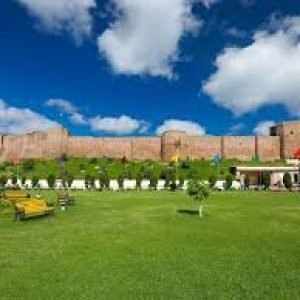
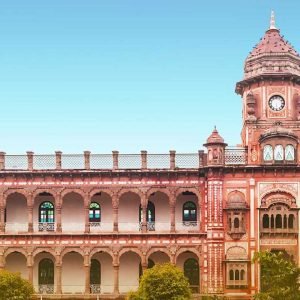
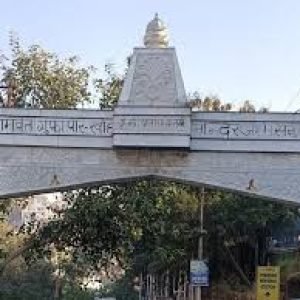

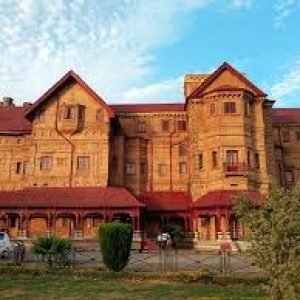
Table of Contents
ToggleIntroduction
1. Jammu
The winter capital of Jammu & Kashmir
Cultural and Religious Importance of Jammu as a Tourist Destination
What time of the year is best to visit.
What activities does Jammu offer?
2. Vaishno Devi Temple
About Vaishno Devi: spiritual importance & one of the holiest Hindu shrines.
Trek to the Temple: Katra is 13.5 km away from the temple. Here is all you need to know to make this trek-preparation, facilities en-route, and about other options such as helicopter, ponies, and palkis.
Accommodation and Facilities: Information about accommodation in Katra, food facilities, and how to plan your visit to have a comfortable pilgrimage.
Spiritual Experience: The rituals, the sacred cave, and how you can make the most of the spiritual experience.
3. Raghunath Temple
History and Significance: The historic backdrop of the Raghunath Temple, which is one of the largest temple complexes in North India, is dedicated to Lord Rama. Architecture: This describes the unique architecture of the temple and its carved work, besides the religious importance. Festivals and Events: Major festivals celebrated at the temple, especially Ram Navami, and the religious ceremonies held.
4. Bahu Fort and Gardens
History: The Bahu Fort is one of the oldest of forts situated in Jammu, constructed by Raja Bahulochan around 3000 years ago. It houses inside the presiding temple of the goddess Kali, Bawey Wali Mata Temple, and is spiritually vital. The gardens around the fort,Bagh-e-Bahu (Bahu Gardens), are terraced, reflecting Mughal influence in their lay-out, commanding a magnificent view across the Tawi River.
Aquarium and Entertainment: In-depth information on the aquarium, which is one of the largest underground aquariums in India, and other things to see in the gardens.
5. Mubarak Mandi Palace
Historical Introduction: This points out Mubarak Mandi Palace as a royal residence the kings of the Dogra reign had.
Architecture and Museums: Describes the unique blend in the palace’s architecture, interconnecting Rajasthani, Mughal, and European architectural styles and museums it houses, including the Dogra Art Museum.
Works of Restoration: Ongoing works of restoration and what a visitor sees now.
6. Amar Mahal Palace
History of Amar Mahal: A palace built by Raja Amar Singh-from a royal residence till it became a museum.
Art and Exhibits: Apart from the rich collection of Pahari paintings, family portraits, one finds the library containing over 25,000 antique books.
The Golden Throne: This forms the high point in the museum, with a display of the 120-kg gold throne with its history and importance.
7. Ranbireshwar Temple
Introduction: This is the largest Shiva temple in North India, built by Maharaja Ranbir Singh.
Unique Features: Seven-foot-long crystal lingam apart from the rest of the 12 lingams in crystal. The architecture details too form part of the description of the temple.
Festivals: Coverage of major festivals such as Maha Shivratri and a look at special rituals and events of the festival time.
8. Peer Kho Cave Temple
Mythological Significance: The legend about the cave temple, believed to be linked with the Ramayana period. Temple Features: The natural structure of the cave, its position on the banks of the Tawi River, and the spiritual importance of the Shiva lingam housed within.
Tips to Visit: How to reach the temple, best time to visit, what to expect when you visit the temple.
9. Offbeat Attractions
Mansar Lake: The very nature of this lake, its local importance, and the wildlife sanctuary within close proximity.
Surinsar Lake: A quiet and less-known lake, apt for a peaceful retreat; boating, picnic spots, and nearby attractions.
Akhnoor Fort: Explore the rich history of Akhnoor Fort and its contribution to the civilizations at the banks of the Chenab River. Also, learn about the archaeological importance of this place.
Nandini Wildlife Sanctuary: Go for a tour around this sanctuary, eminent for birdwatching and having plenty of flora and fauna.
10. Religious and Cultural Experiences
Traditional Dogra Cuisine: A food guide through Jammu’s traditional food comprising Rajma Chawal, Kalari, Patisa among many others.
Folk Arts and Crafts: The folk paintings include Basohli painting, and craftsmanship in making the famous Pashmina shawls and wood carving.
Festivals: Understand some of the major festivals such as Lohri, Baisakhi, and specially Navratri in Jammu.
11. Adventure and Nature
Trekking: Go through the popular routes of trekking around Jammu, including those leading to Vaishno Devi and to the nearby mountains.
Adventure Sports: Paragliding and Others: This includes the adventure sports taken up in Jammu, especially paragliding in Sanasar and trekking in Patnitop.
Patnitop: This is about the Hill station, Events for attracting visitors: scenic views, adventure activities, and a starting point for nearby visits like Nathatop.
12. Day Trips from Jammu
Sanasar: A day trip to this charming town known for its adventure sports, with details on what to do and see.
Mantalai: Less famous, yet well-renowned for its mythological importance due to the marriage between Lord Shiva and Parvati.
Shiv Khori: A holy day tour to this cave shrine devoted to Lord Shiva. Treasure of information on trek details, cave structure and religio-mythological importance. 13. Practical Travel Tips How to Reach: Minor details on reaching Jammu by air, road and rail along with routes, travel duration and helpful tips for comfortable travel.
Accommodation: Ranging from low-budget, medium-range guesthouses to five-star hotels, this section gives an overview of the best places to stay in Jammu, catering to the needs and comfort levels of different travelers.
Local Transport: How to get around Jammu – local transport information covering public transport and taxi services, how to get around. Safety Tips: How to stay safe while traveling in Jammu, including advice about the weather, health precautions, and respect for customs.
Responsible Tourism: Tips on how to travel responsibly in Jammu-keep the natural beauty of this place intact and respect the culture.
13. Conclusion
Summing up once again, why Jammu should be visited-as it encompasses spiritual, cultural, and natural tourist attractions.
Encourage the reader to explore popular and offbeat attractions, which will be an experience in itself for the holism of the region.
Conclude with final tips on how to make the most of the visit to Jammu so that the stay there is memorable and enriching.
How to Book a Jammu Trip with Charzan Holidays?
For a seamless and exceptional booking experience, contact Charzan Holidays at reservations@charzan.in or call us at +919622224473
Frequently Asked Questions
1. What are the top attractions in Jammu? | |
| Jammu is home to several notable attractions, including Vaishno Devi Temple, Raghunath Temple, Ranbireshwar Temple, Mansar Lake, and the Mubarak Mandi Palace. | |
2. How can I reach Jammu? | |
| Jammu can be reached by various means: by air via Jammu Airport, by train to Jammu Tawi railway station, or by road with several bus services connecting it to major cities. | |
3. What is the best time to visit Jammu? | |
| The best time to visit is from October to March, when the weather is pleasant and ideal for sightseeing and outdoor activities. | |
4. Is Vaishno Devi Temple worth visiting? | |
| Yes, Vaishno Devi Temple is one of the most revered pilgrimage sites in India, attracting millions of devotees every year due to its spiritual significance and stunning location. | |
5. Are there any historical sites in Jammu? | |
| Yes, Jammu has several historical sites, including the Mubarak Mandi Palace, Rani Charak Mahal, and Ranbireshwar Temple, showcasing rich cultural heritage. | |
6. What activities can I do in Jammu? | |
| Visitors can enjoy temple visits, trekking, shopping for handicrafts, exploring local cuisine, and visiting nearby scenic spots like Patnitop and Mansar Lake. | |
7. What is the significance of Raghunath Temple? | |
| Raghunath Temple is one of the largest temples in North India, dedicated to Lord Rama, and is known for its architectural beauty and religious importance. | |
8. Can I visit Jammu during the winter months? | |
| Yes, Jammu experiences mild winters, making it a good time to visit; however, some higher-altitude areas may experience snowfall. | |
9. What is Mansar Lake known for? | |
| Mansar Lake is famous for its serene beauty and is a popular picnic spot, offering activities like boating and fishing, along with cultural festivals. | |
10. Are there any wildlife sanctuaries near Jammu? | |
| Yes, the Surinsar-Mansar Wildlife Sanctuary is located near Jammu and is home to diverse flora and fauna, making it a great spot for nature lovers. | |
11. Is it safe to travel to Jammu? | |
| Yes, Jammu is generally safe for tourists, but it’s advisable to stay updated on local conditions and follow any travel advisories. | |
12. What shopping options are available in Jammu? | |
| Visitors can shop for traditional handicrafts, Pashmina shawls, and local spices in markets like Raghunath Bazaar and Janipur. | |
13. What is the significance of Ranbireshwar Temple? | |
| Ranbireshwar Temple is known for its unique architecture and 12 Shiva Lingas, making it an important pilgrimage site for Hindu devotees. | |
14. Can I explore Jammu in a day? | |
| While you can cover some major attractions in a day, it’s recommended to spend at least a couple of days to fully explore the area and nearby sites. | |
15. Are there guided tours available in Jammu? | |
| Yes, several local tour operators offer guided tours of Jammu, including visits to temples, historical sites, and nearby natural attractions. |


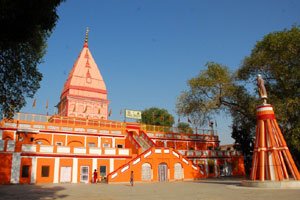
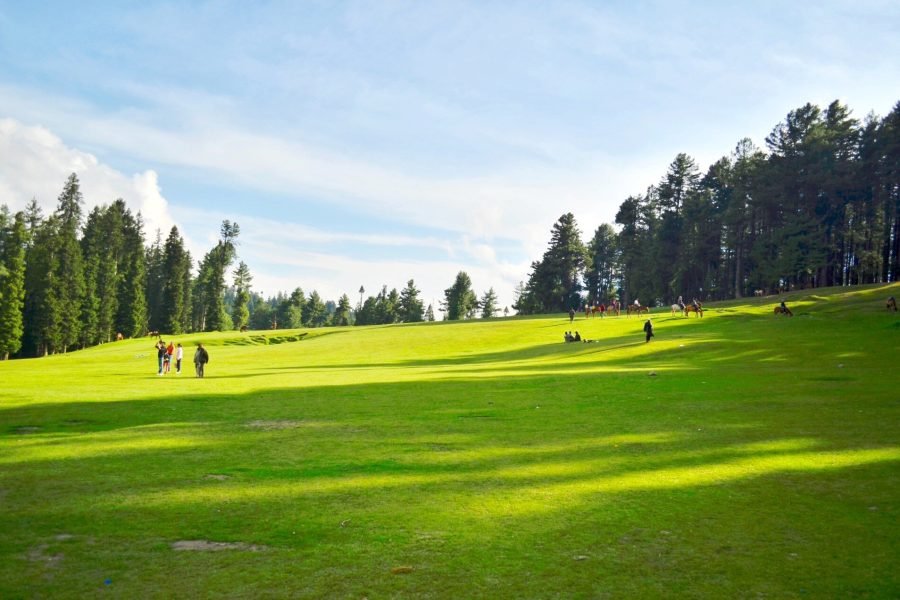
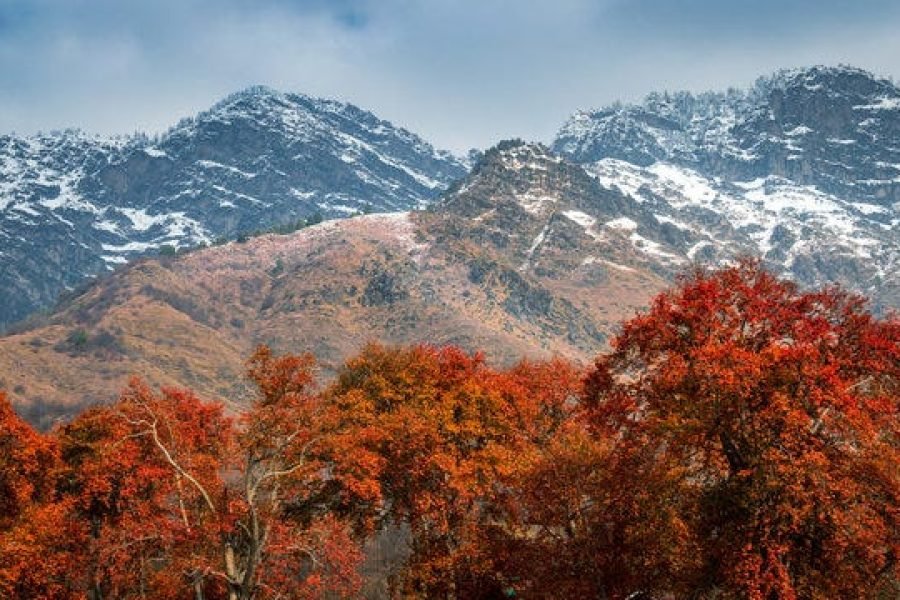
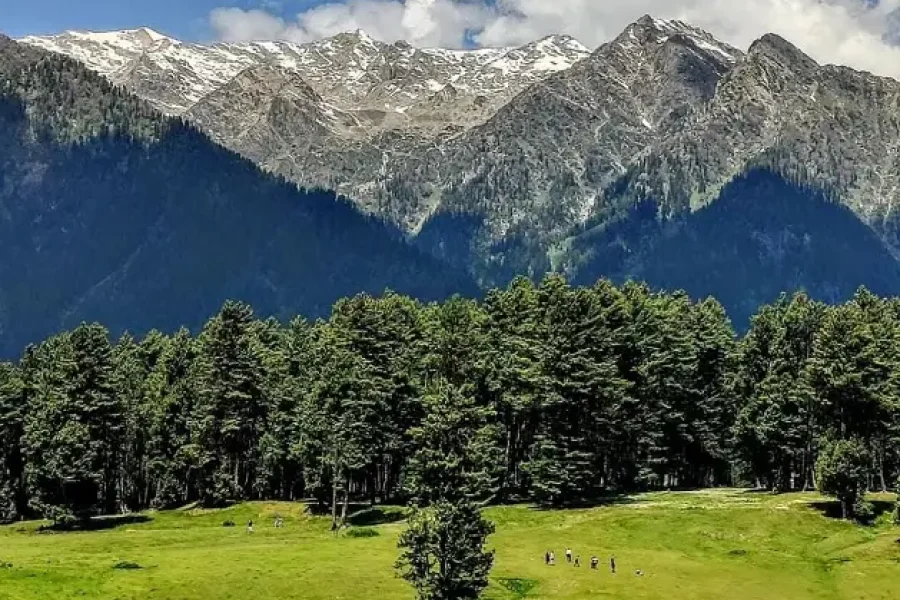
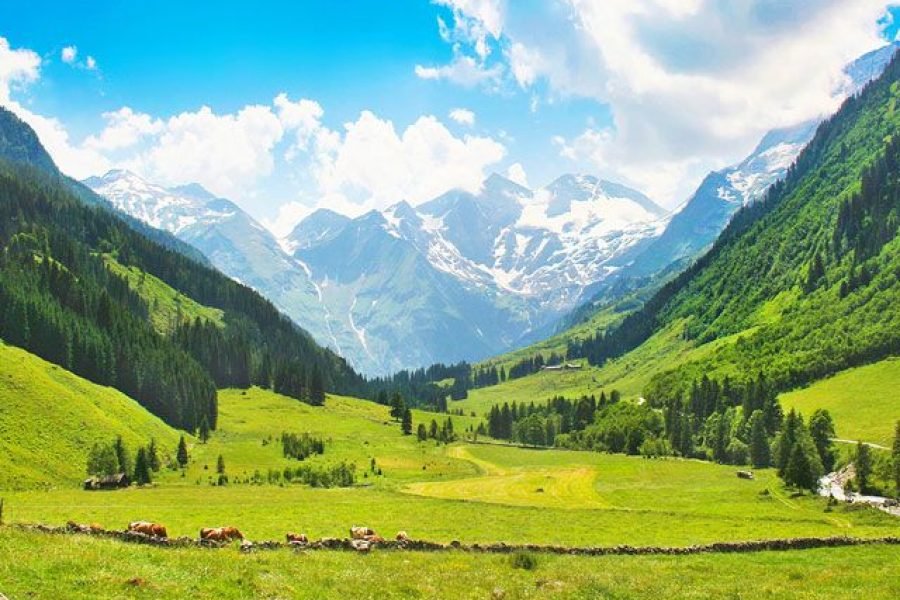
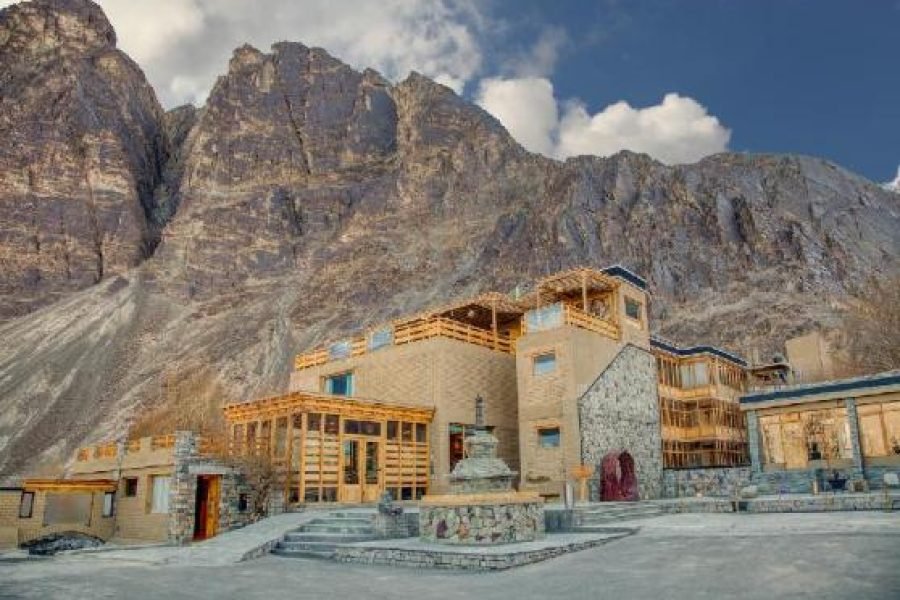

0 Comment